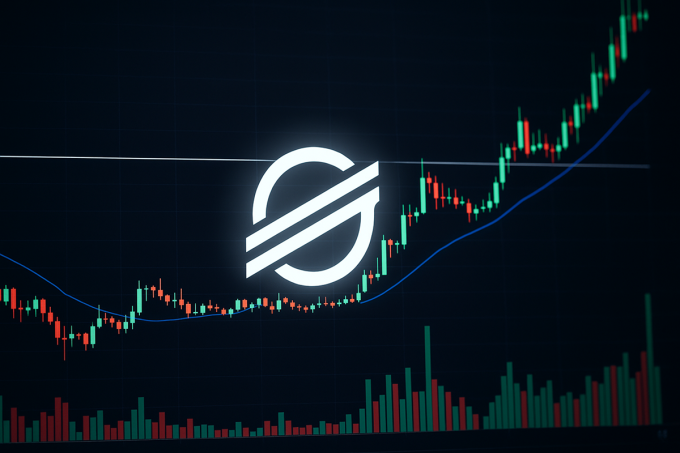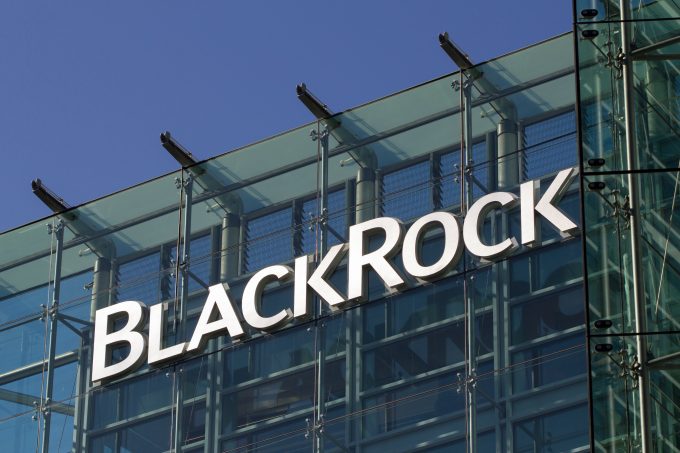Beyond the Ledger: Assessing the Real-World Utility of BTC, ETH, and XRP in 2025
More than a decade after their inception, leading cryptocurrencies are transitioning from purely speculative assets to functional mediums of exchange, marking a critical phase in their market maturation. An analysis of the 2025 merchant landscape reveals a pragmatic and growing adoption of Bitcoin (BTC), Ether (ETH), and XRP, though their real-world utility is highly specialized and largely dependent on a burgeoning layer of payment infrastructure that shields businesses from volatility.
The Retail Frontline: A Processor-Driven Reality
At the retail level, direct wallet-to-merchant crypto transactions remain the exception, not the rule. The vast majority of consumer adoption is facilitated by third-party payment processors and gift card services. Major brands like Starbucks, Home Depot, and Chipotle accept digital assets not by holding them on their balance sheets, but through gateways like BitPay and Bitrefill, which instantly convert crypto payments to fiat currency. This model effectively outsources the risk and complexity of handling digital assets. However, for merchants willing to engage more directly, the rewards can be tangible; Steak ‘n Shake reported an 11% sales boost after rolling out nationwide Bitcoin payments, attributing the growth to attracting tech-savvy consumers.
High-Ticket Items: Travel, Luxury, and Niche Markets
Crypto’s utility scales up significantly in the travel and luxury sectors, where larger transaction sizes and a global customer base make it an attractive option. Crypto-native travel platforms like Travala.com and Alternative Airlines—the latter supporting over 100 cryptocurrencies for booking flights on 600+ airlines—have built entire business models around digital currency payments. Legacy carriers like AirBaltic (a pioneer accepting crypto since 2014) and Emirates are also integrating these options. Similarly, luxury brands from Gucci to high-end car dealerships are accepting crypto to cater to a high-net-worth, technologically forward demographic, treating it as both a payment rail and a marketing tool.
Asset Specialization and the Infrastructure Layer
Beneath the surface of consumer transactions, a clear specialization of assets is emerging. While Bitcoin and Ether dominate consumer-facing retail and are increasingly held as corporate treasury assets due to their brand recognition and liquidity, XRP’s primary utility is concentrated in the business-to-business sector. Its design for fast, low-cost settlement makes it a candidate for cross-border remittances and payments, a use case trialed by firms like Mercury FX. This divergence highlights that the market is beginning to price these assets based on specific functions rather than monolithic speculation. The true engine of this entire ecosystem remains the infrastructure layer—processors like PayPal and Coinbase Commerce—which are democratizing access for millions of merchants.
The landscape of crypto payments in 2025 is one of pragmatic, infrastructure-led integration. While the purist vision of a peer-to-peer digital cash system has yet to materialize at scale, the embedding of cryptocurrencies into existing financial rails has undeniably expanded their utility. The key challenge remains volatility, but the market has found a solution in the intermediary layer. For investors, the most significant trend is no longer just tracking which merchants accept crypto, but monitoring the maturation of this vital infrastructure and the continued specialization of assets for distinct, real-world economic roles.













Leave a comment